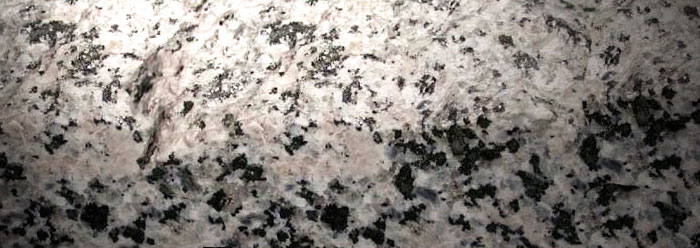
Minerals Have Too Much Helium
The shiny black specks in granite are mica. Within mica are natural zircon crystals, only a few microns in size. Helium quickly diffuses out of zircon.
If the granite is millions of years old, as commonly believed, all the helium should be gone.
However, measurements indicate that much of the helium still remains. Either the diffusion rate of the helium is not uniform, the zircon crystals are younger than believed, or both. Helium in granite is evidence that the earth is thousands of years old, not millions.
Evidence for Creation › Evidence from Science › Evidence from the Earth Sciences › Many Earth Clocks Indicate Recent Creation» Next
Related Articles
Zircon: Earth's Oldest Crystal?
by Vernon R. Cupps, Ph.D., & Brian Thomas, M.S. *
Most people are familiar with man-made, diamond-like cubic zirconia (zirconium dioxide), but zirconium silicate, a less well-known...
A Tale of Two Hourglasses
In your kitchen you start a three-minute egg timer and a 60-minute hourglass simultaneously and then leave. You return a short while later to find the hourglass fully discharged but not the egg timer!...
Evidence for a Young World
Spiral galaxy NGC 1232 in constellation Eridanus. Photo: European Southern Observatory
Here are fourteen natural phenomena which...
New RATE Data Support a Young World
New experiments done this year for the RATE project1 strongly support a young earth. This article updates results announced in an ICR Impact article last year2 and documented at a...
Nuclear Decay: Evidence For A Young World
Recent experiments commissioned by the RATE project1 indicate that "1.5 billion years" worth of nuclear decay took place in one or more short episodes between 4,000 and 14,000 years ago. The...
Radioisotopes and the Age of the Earth
Introduction
On May 20-21, 1998, a second conference to address radioisotopes and the age of the earth (RATE) met in San Diego, California. Six research scientists with specialized training in...






